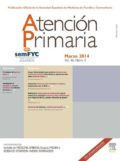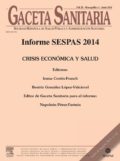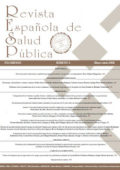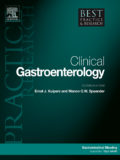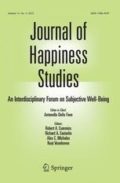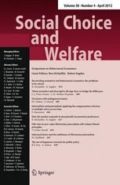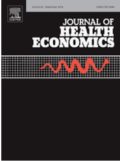Social Science & Medicine, vol. 113, pp. 5 – 14. (2014).
Autores: Jose Luis Pinto Prades, Fernando Ignacio Sánchez Martínez, Belén Corbacho, Rachel Baker.
Abstract
The possibility of weighting QALYs differently for different groups of patients has been a source of debate. Most recently, this debate has been extended to the relative value of QALYs at the end of life (EoL). The objective of this study is to provide evidence of societal preferences in relation to this topic.
Continuar leyendo «Valuing QALYs at the end of life»


